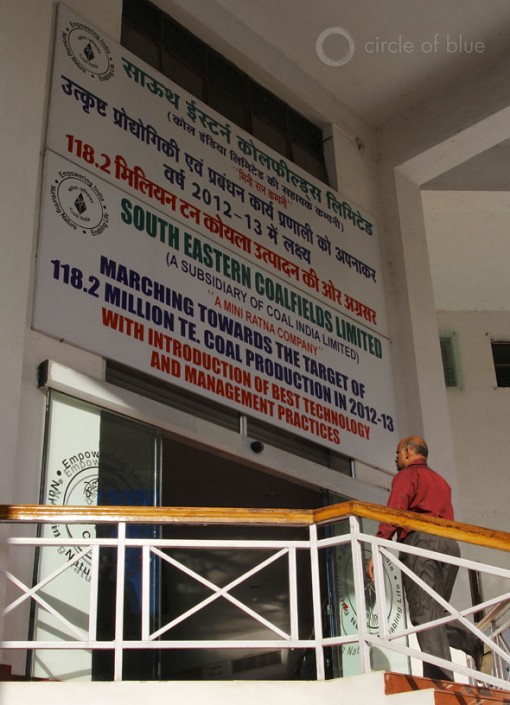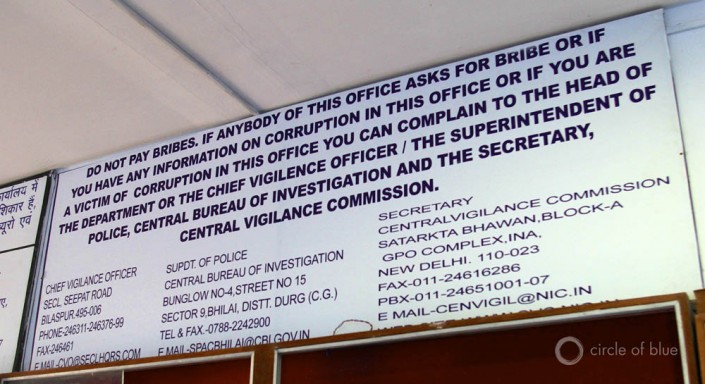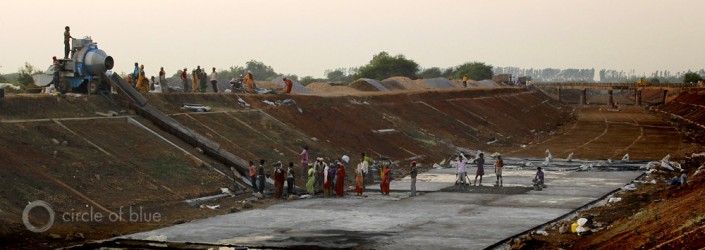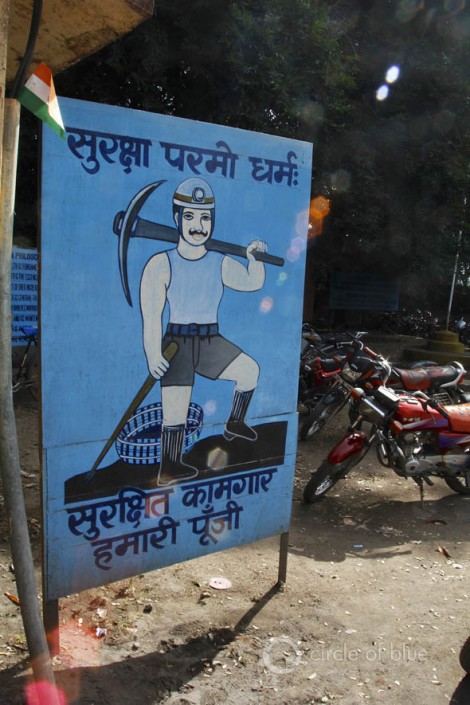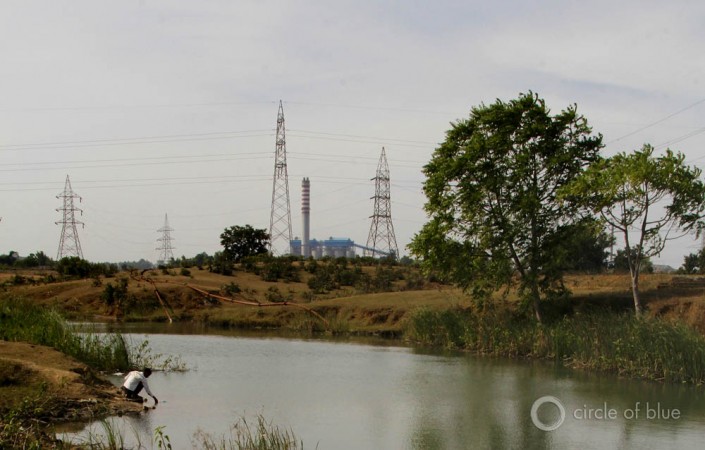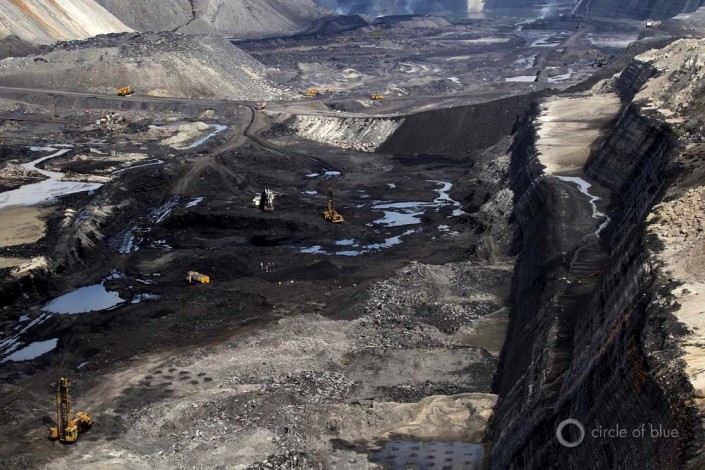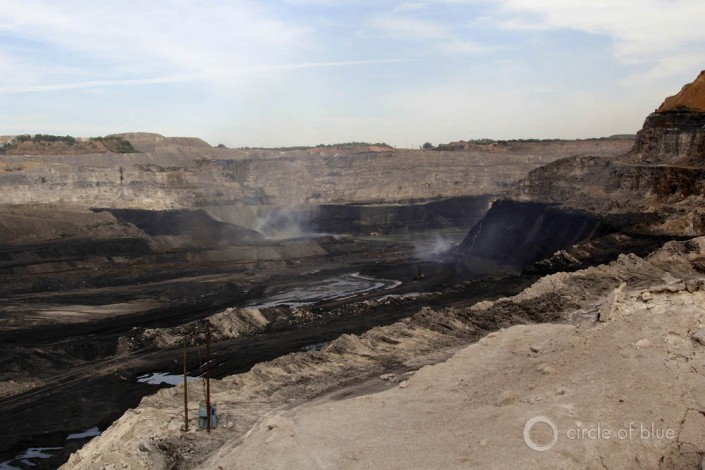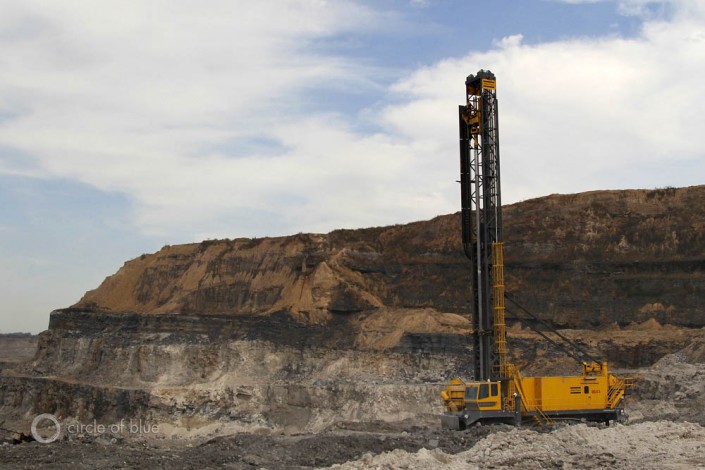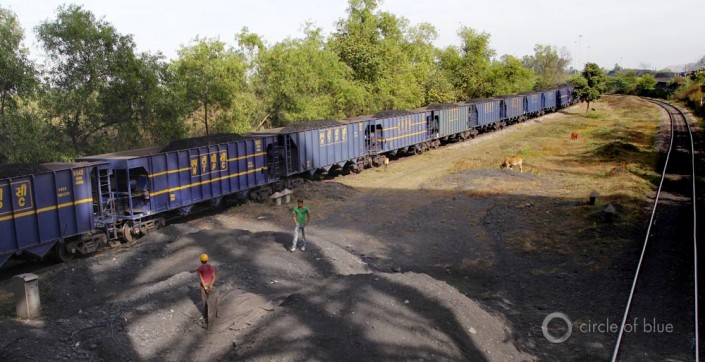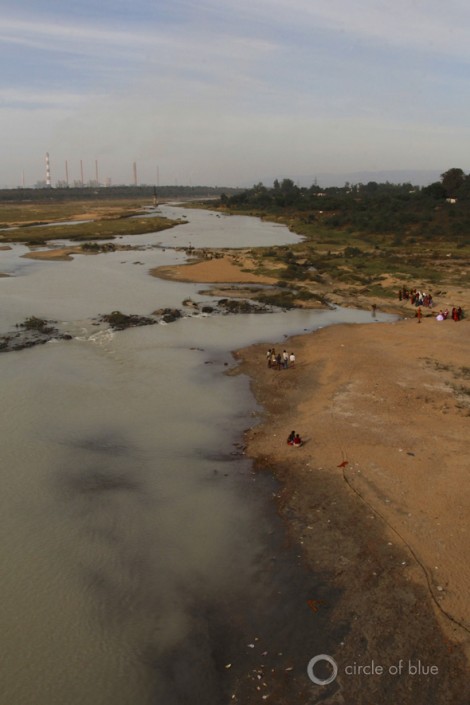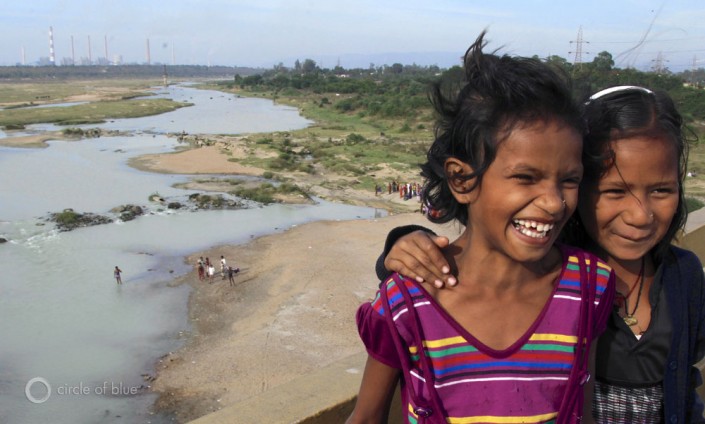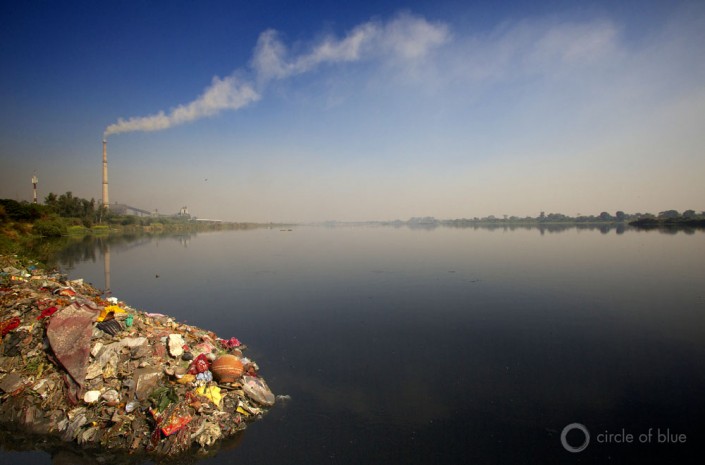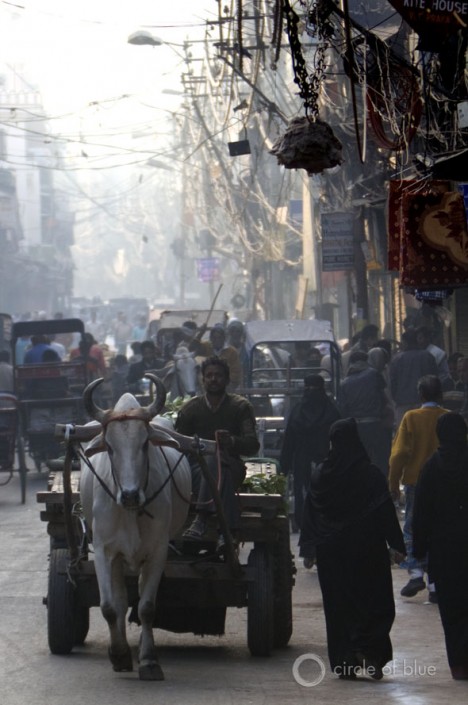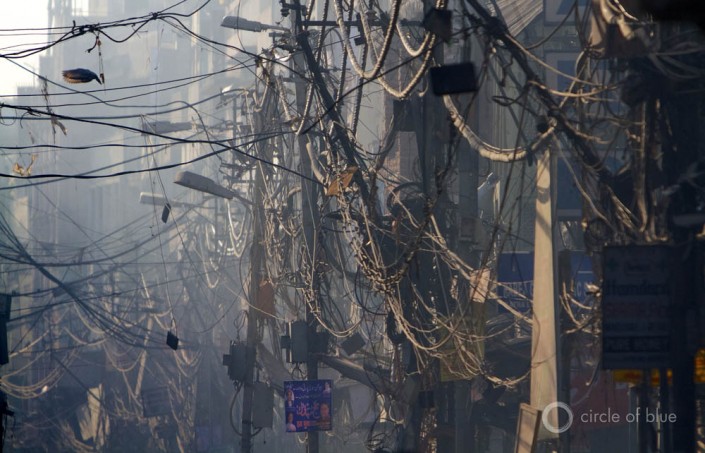Most abundant in Chhattisgarh and the neighboring eastern states of Jharkhand and Odisha, India’s coal belt cinches the nation round the middle, tapering off in its westward stretch to both the south and north.
BILASPUR, Chhattisgarh, India — Southeastern Coalfields Ltd. has 62 mines in Chhattisgarh, a southcentral state in eastern India. Chhatisgarh is perennially neck and neck in the race with neighboring Jharkhand for the title of largest coal-mining state.
Last year, Chhattisgarh alone produced 113 million metric tons of coal, or 20 percent of the total national coal production. Part of the reason this is possible is because Chhattisgarh receives ample rainfall; it is home to four major rivers, including the Mahanadi; and it sits atop one of India’s largest coal reserves, including the world’s second-largest open-pit coal mine in Gevra.
Click the photos below to enlarge the photo slideshow and to learn more about Chhattisgarh’s coal production.
This slideshow accompanies Mismanagement of Abundance: Constellation of Coal Mines Across India Not Enough to Prevent Blackouts, the third story by Keith Schneider in Circle of Blue’s Choke Point: India series. Photos by J. Carl Ganter and Aubrey Ann Parker, Circle of Blue’s director and news editor, respectively. Contact Keith Schneider
Choke Point: India is produced in collaboration with the Woodrow Wilson International Center for Scholars and its China Environment Forum, with support from Skoll Global Threats Fund. The Wilson Center’s Asia Program, which provided research and technical assistance, produces substantial work on natural resource issues in India, including articles and commentaries on energy, water, and the links between natural resource constraints and stability.
Circle of Blue provides relevant, reliable, and actionable on-the-ground information about the world’s resource crises.



